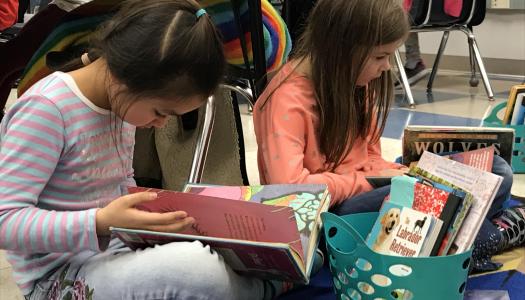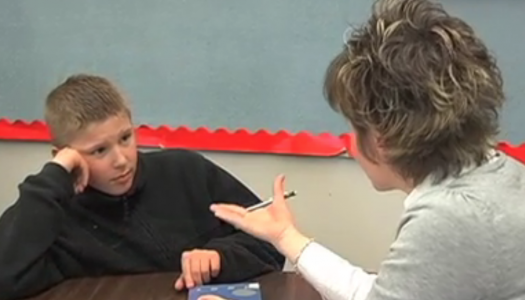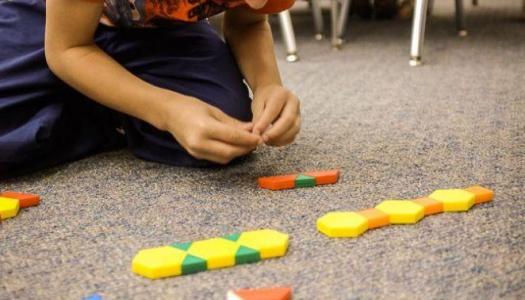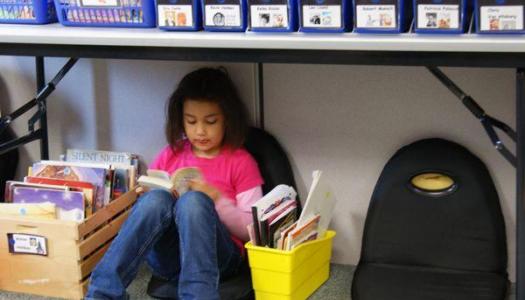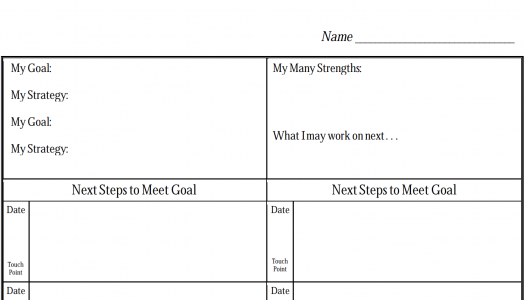Accountability in the Classroom
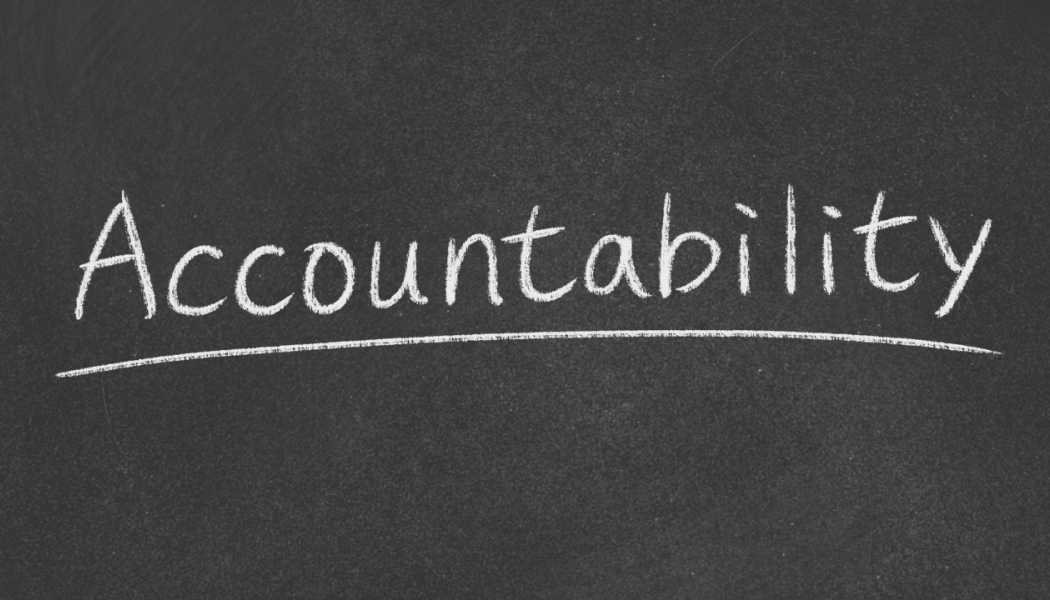
Join Our Community
Access this resource now. Get up to three resources every month for free.
Choose from thousands of articles, lessons, guides, videos, and printables.
Accountability is a big word that carries a lot of weight in education. At its core, accountability is about taking responsibility for actions, decisions, and progress. In a classroom, accountability is a two-way street: it involves both teachers and students working together to create an environment where everyone is committed to growth and success.
So, what does accountability look like for teachers and students, and how can we foster it in a positive way?
Accountability as Teachers
As teachers, accountability starts with us. We set the tone for our classrooms through our actions, expectations, and consistency. Being accountable doesn’t mean we have to be perfect—it means showing up, being prepared, and modeling the behavior we want to see in our students.
Here are some ways teachers can demonstrate accountability:
- Set Clear Expectations — Make sure your students know what is expected of them academically and behaviorally. Clear guidelines help students understand what success looks like and how they can achieve it.
- Be Consistent — Follow through on your promises, whether it’s grading work on time or addressing behavior fairly. Consistency builds trust and shows students you take your role seriously.
- Reflect on Your Practice — Take time to think about what’s working in your classroom and what’s not. Are your teaching strategies effective? Are you meeting your students’ needs? Being open to feedback and making adjustments is a sign of accountability.
- Model Responsibility — If you make a mistake, own up to it. For example, if you forget to bring an assignment to class, admit it and explain how you’ll fix it. This shows students that everyone, even adults, is accountable for their actions.
Accountability as Students
For students, accountability means taking ownership of their learning and behavior. This doesn’t always come naturally—it’s a skill we need to teach and nurture. When students feel accountable, they become more independent, motivated, and confident in their abilities.
Here’s how we can help students develop accountability:
- Set Goals Together — Encourage students to set realistic, measurable goals for themselves. Whether it’s finishing a book, improving math skills, or participating more in class, goal-setting gives students something to work toward.
- Track Progress — Help students monitor their growth by using charts, journals, or digital tools. Seeing their progress encourages them to stay focused and take pride in their achievements.
- Teach Responsibility for Actions — If a student forgets their homework or disrupts class, use it as a learning opportunity. Instead of blaming, help them understand how their choices affect themselves and others.
- Celebrate Effort and Growth — Accountability isn’t just about outcomes; it’s about the process. Praise students for trying, improving, and persevering, even if they haven’t reached their goal yet.
Accountability as a Partnership
Accountability works best when teachers and students see it as a partnership. It’s not about pointing fingers when something goes wrong—it’s about working together to grow and improve. Here’s how you can build that partnership in your classroom:
- Have Open Conversations — Talk to your students about what accountability means and why it’s important. Share examples from your own life and ask them to think about ways they can be accountable in school.
- Create a Supportive Environment — Students are more likely to take responsibility when they feel supported. Let them know it’s okay to make mistakes and that you’re there to help them learn from those experiences.
- Involve Students in the Process — Give students a say in how they track their progress or set goals. When they feel ownership, they’re more likely to stay accountable.
- Lead by Example — When students see you modeling accountability—like admitting when you’re wrong or staying consistent with rules—they’re more likely to do the same.
Accountability is an essential part of learning, but it doesn’t happen overnight. It’s a process that requires patience, guidance, and practice. By modeling accountability as teachers and teaching it to students, we create a classroom culture where everyone feels responsible for their success.

